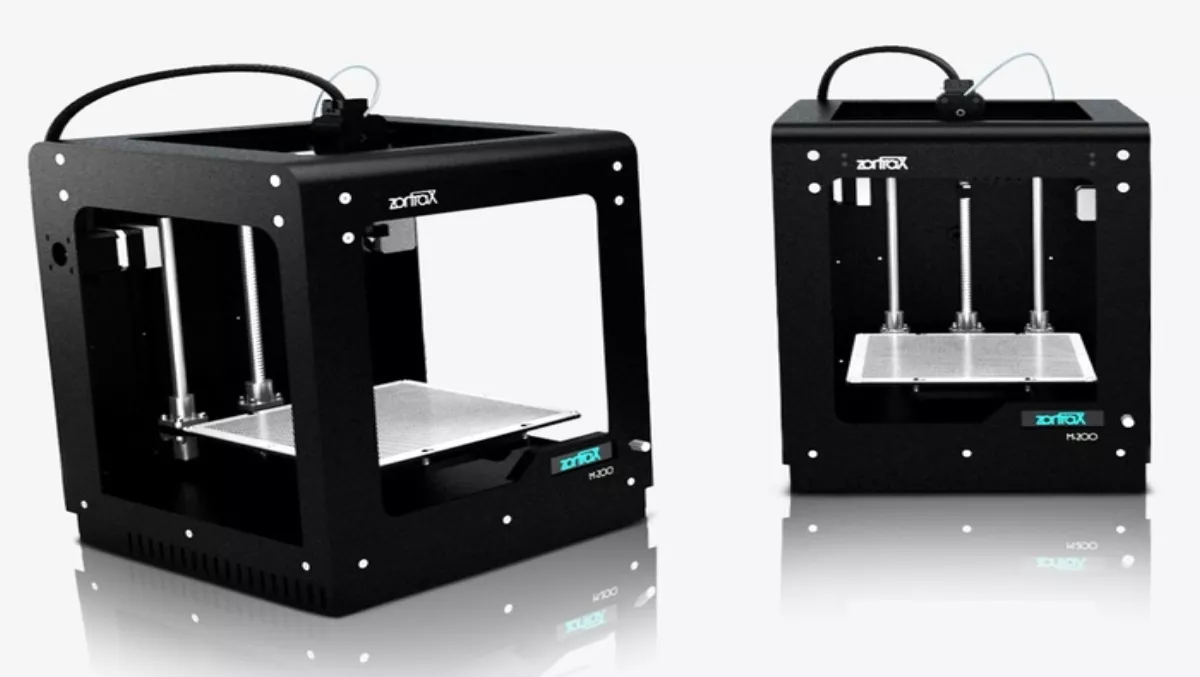
3D printing is evolving rapidly, although many technologies are still five to 10 years away from mainstream adoption.
Consumer adoption will be outpaced by business and medical applications that have more compelling use cases in the short term, according to recent Gartner findings.
"Consumer 3D printing is around five to 10 years away from mainstream adoption," says Pete Basiliere, research vice president, Gartner.
"Today, approximately 40 manufacturers sell the 3D printers most commonly used in businesses, and over 200 startups worldwide are developing and selling consumer-oriented 3D printers, priced from just a few hundred dollars.
"However, even this price is too high for mainstream consumers at this time, despite broad awareness of the technology and considerable media interest."
Based on conversations on 3D printing with organizations ranging from technology providers to end users, government agencies, educational institutions and investment firms, Gartner has identified two themes.
First, the enterprise 3D printing market is very different from the consumer market.
It's true that at this early stage there are some similarities between them as organisations are beginning to employ "consumer" devices in order to learn about 3D printing's potential benefits with minimal risk and capital investment.
Fundamentally, however, the two markets are driven by different uses and requirements and must be evaluated separately.
Second, 3D printing is not one technology but seven different ones. "Hype around home use obfuscates the reality that 3D printing involves a complex ecosystem of software, hardware and materials whose use is not as simple to use as 'hitting print' on a paper printer," Basiliere adds.
"The seven different technologies each have pros and cons, and printers work with varying build sizes and materials."
This, according to Basiliere, means organisations must begin with the end products in mind.
"First, determine the material, performance and quality requirements of the finished items first; second, determine the best 3D printing technology; and third, select the right 3D printer," he adds.

Gartner says 3D printing and its uses continue to evolve rapidly in response to hype, greater visibility and, more importantly, demand.
Naturally, some technologies are maturing faster than others and will be widely available in just a few years. In fact, some are already in general use.
An example is 3D printing for prototyping, which has been the mainstay of the 3D printing industry since its inception.
"3D prototyping enables organisations to reduce or mitigate the risks associated with the design, form and functionality of products in research and development programs," Basiliere adds.
"It may also be used to support new manufacturing processes, and can reduce new product development schedules."
In two to five years, Basiliere believes there will be greater adoption of enterprise 3D printing, nurtured in part by the continued acceptance and use of 3D print creation software, 3D scanners and 3D printing service bureaus.
"At around this time, 3D printing of medical devices will offer exciting, life-altering benefits that will result in global use of 3D printing technology for prosthetics and implants," he adds.
Lastly, and reflecting different market drivers, macro 3D printing of large structures and classroom 3D printing are more than 10 years away from mainstream adoption.
This is not to say that valid use cases for each do not exist: the work on macro 3D printing shows great promise but has only just begun.
Meanwhile, adoption of any new technology within secondary and post-secondary schools, even one as transformative as 3D printing, is always expensive and difficult to implement, especially when considered in relation to the explosion of other educational technology that is competing for attention in the classroom.